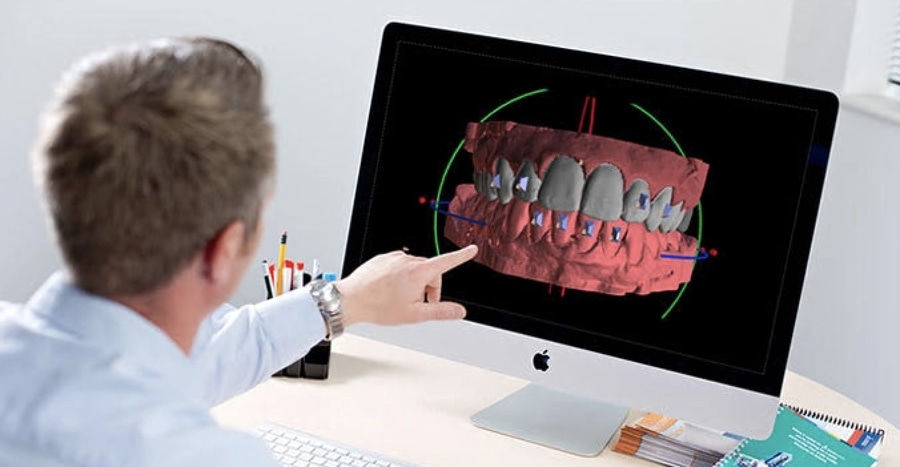
#Industry News
Orthodontic Treatment with Clear Aligners: Predictable and Accurate
The predictability of invisible orthodontic treatment guarantees a higher degree of accuracy.
Over the years, orthodontic treatment has transitioned from traditional metal braces to a more diverse range of options, such as clear aligners and lingual braces. The advancements of clear aligners have not only increased patient comfort but have also contributed to the predictability of treatment results.
The improved predictability of clear aligner treatment can be attributed to a range of advanced computerized systems. In general, the process of predicting the treatment result encompasses the following three steps:
Step 1:
Comprehensive Examination: A thorough examination, including dental and facial analysis, radiographs, and photographs, is conducted to accurately assess the patient's condition. This evaluation helps orthodontists identify any underlying dental or skeletal abnormalities that may impact the treatment result.
Step 2:
Diagnostic Records: Precise records of the patient's dentition are obtained using digital impressions, intraoral scans, and radiographic imaging. These records are then analyzed using specialized software to create a digital representation of the patient's teeth and jaw relationship, which allows orthodontists to visualize and plan the treatment more accurately.
Step 3:
Treatment Planning: With the aid of advanced software, orthodontists can simulate the movement of teeth and predict treatment results. By manipulating the digital models, evaluating different treatment approaches, and considering the patient's specific needs, orthodontists can anticipate potential challenges, thus making well-informed decisions and devising appropriate solutions.
Advancements in technology have significantly enhanced the accuracy of predicting invisible orthodontic treatment results. Digital tools, such as computer-aided design (CAD) and computer-aided manufacturing (CAM), facilitate precise fabrication of orthodontic appliances, resulting in more predictable tooth movement. Additionally, the integration of cone-beam computed tomography (CBCT) allows orthodontists to obtain three-dimensional images of the teeth and underlying structures, assisting with accurate diagnosis and treatment planning.
With technological advancements and sophisticated treatment planning techniques, the predictability of orthodontic treatment has experienced notable enhancements. Dentists can now rely on comprehensive examination, precise diagnostic records, and virtual treatment planning supported by CAD, CAM, and CBCT to accurately predict and simulate treatment results. This increased predictability brings numerous benefits to both orthodontists and patients. As the field of orthodontics continues to evolve, it is expected that the predictability of invisible orthodontic treatment will further improve, leading to enhanced orthodontic experiences for patients worldwide.





